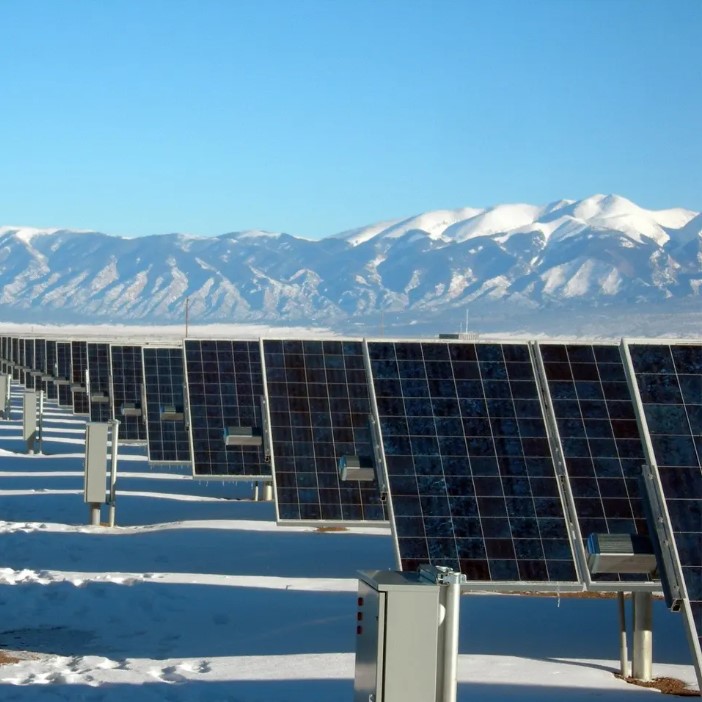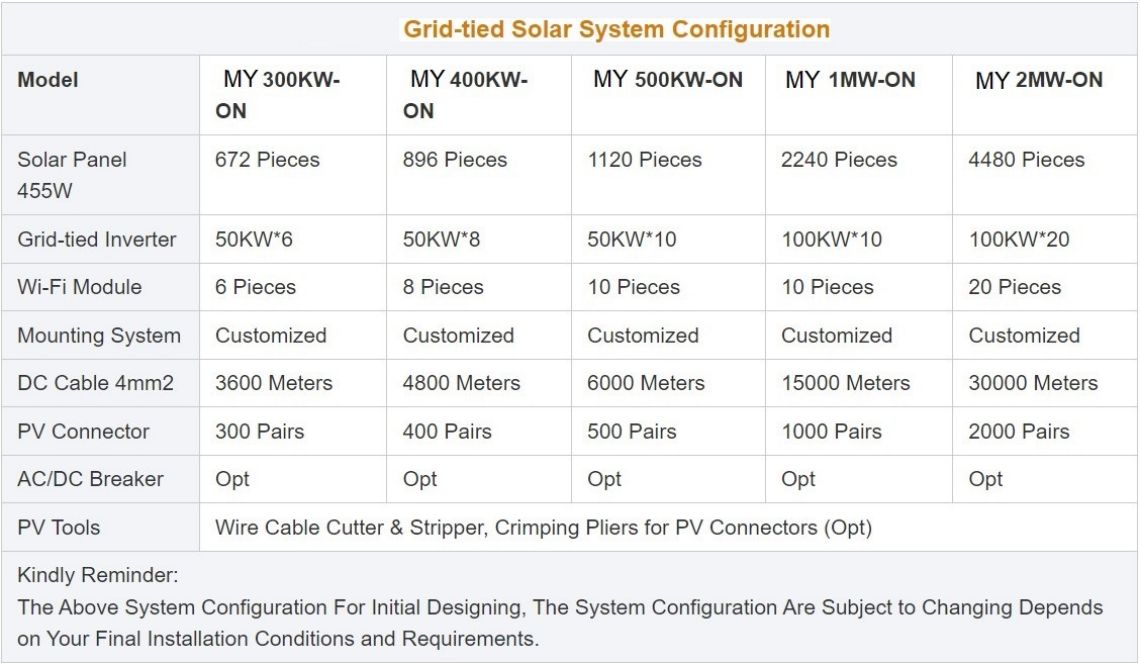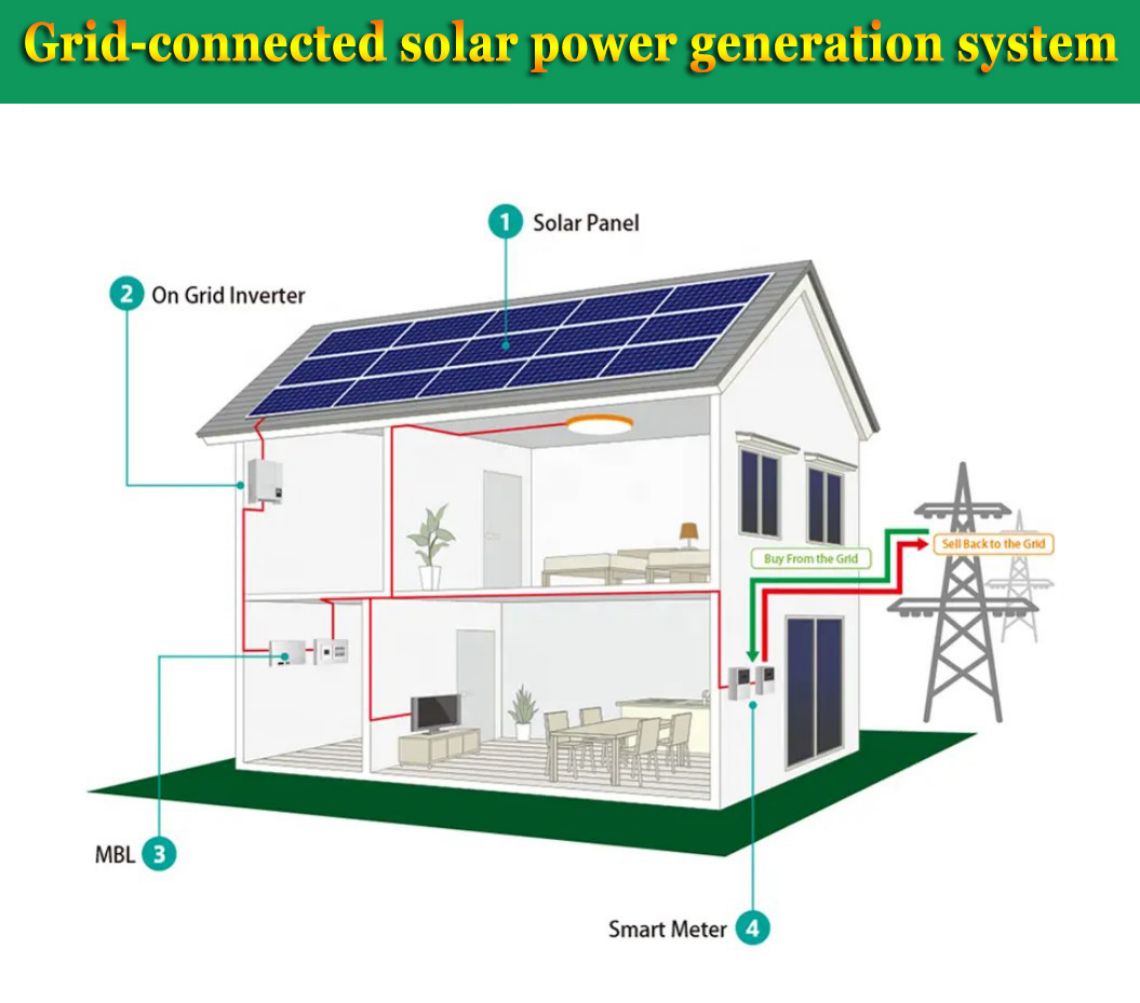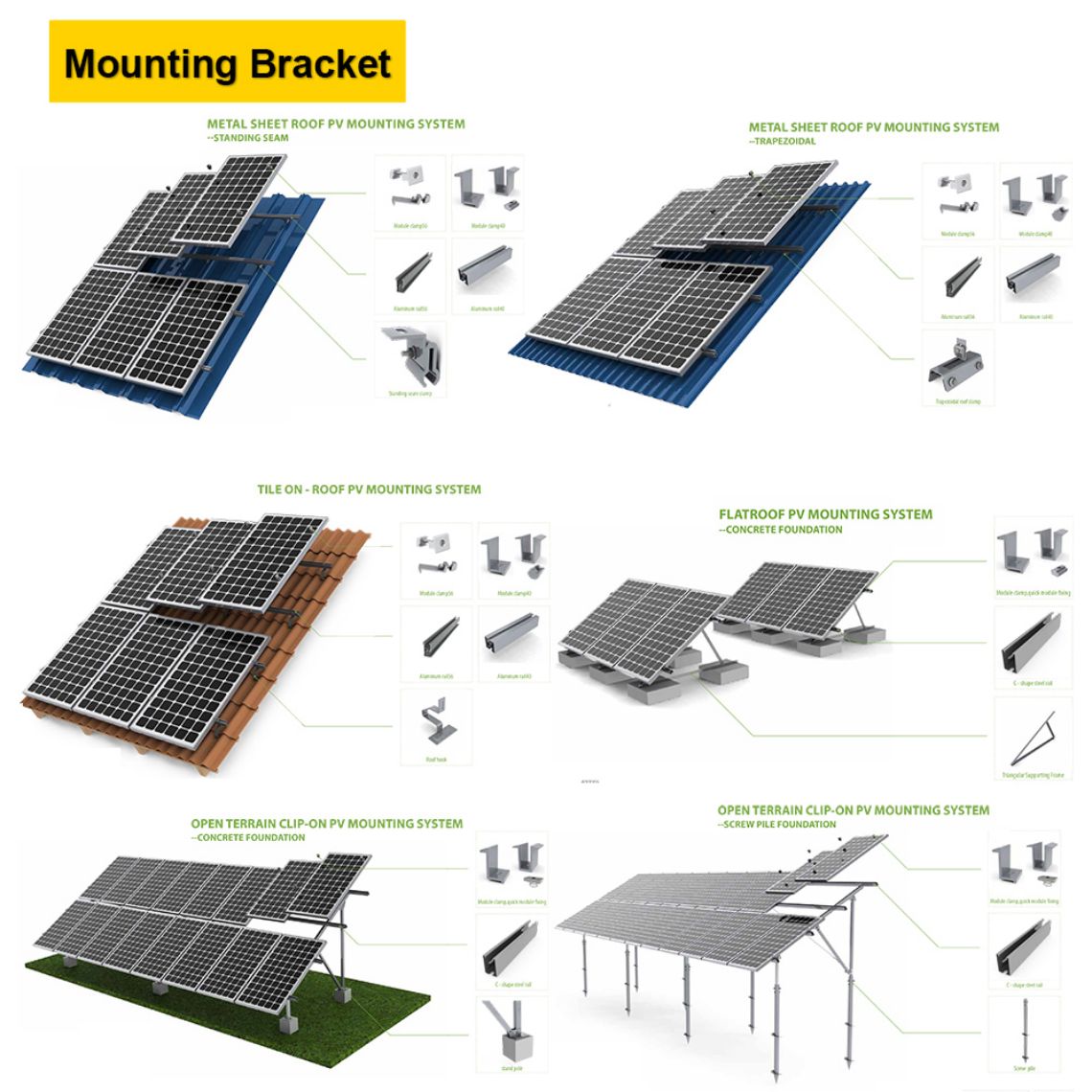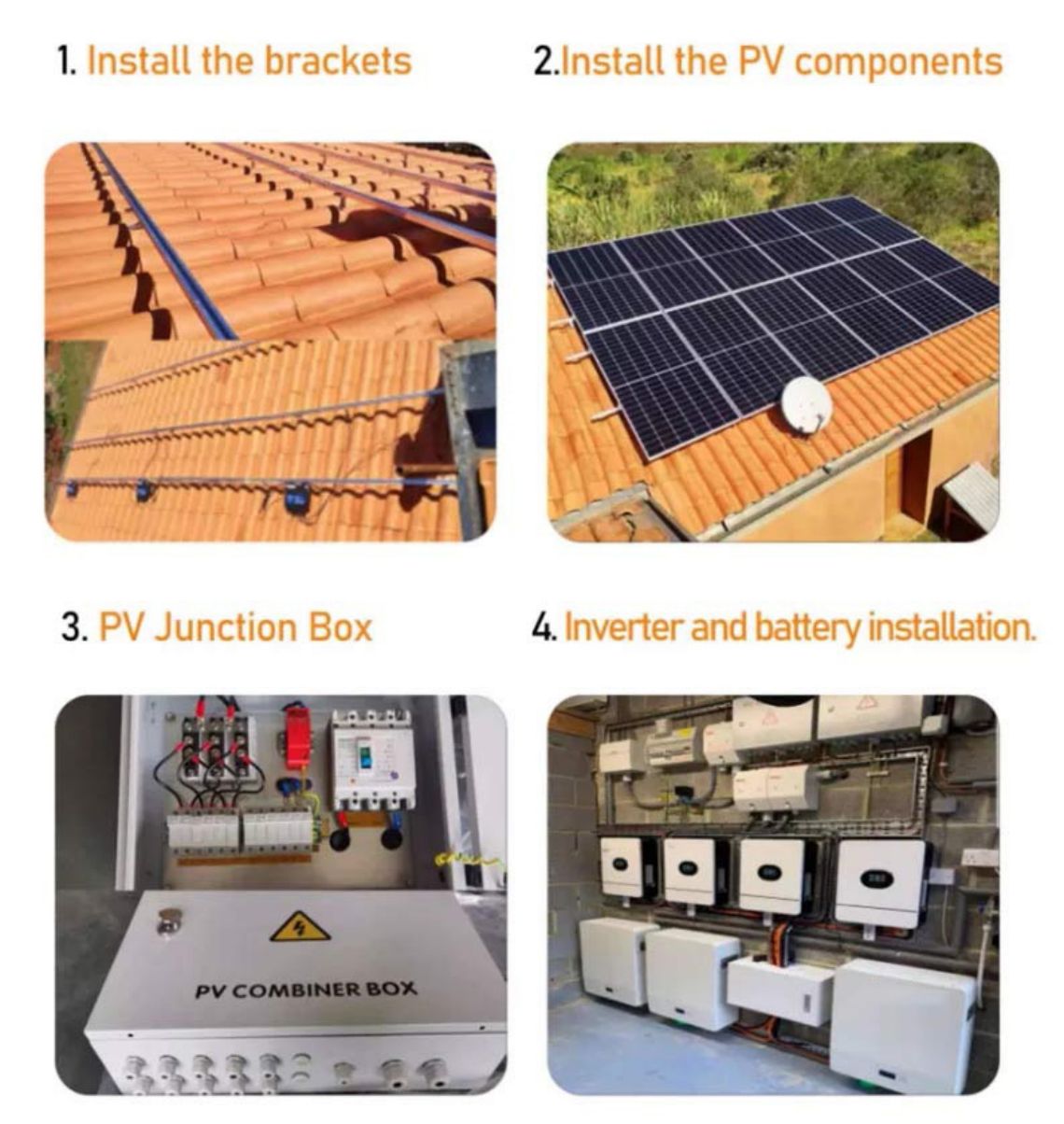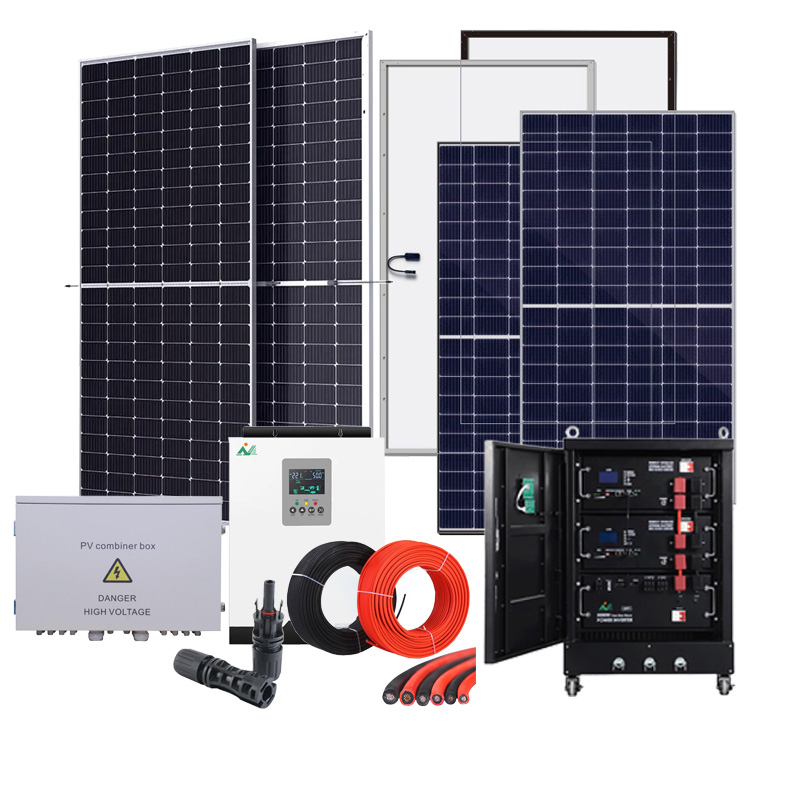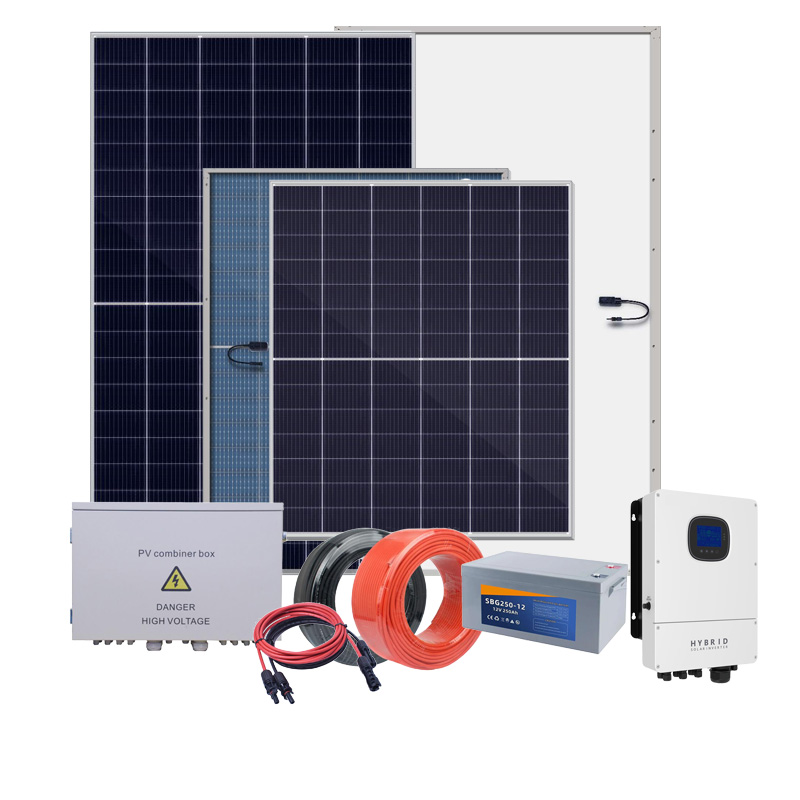MY-300KW 400KW 500KW 1MW 2MW Commercial on grid solar system photovoltaic power system
Product description
A commercial grid-connected solar photovoltaic system refers to a system that connects a solar power generation system to the grid, converts solar energy into electrical energy, and injects it into the grid supplier for use by commercial units or sells it to the grid.
Commercial grid-connected solar photovoltaic systems are usually composed of components and functions such as photovoltaic cell modules, inverters, brackets and installation structures, monitoring systems, meters and metering devices, grid connection devices, rectifiers, energy storage devices, and safety protection systems.
The operating mode of this system is that the photovoltaic cell module converts solar energy into DC power, converts the DC power into AC power through an inverter, and then connects to the grid to inject power into the grid for commercial users. At the same time, the system can also measure the electrical energy injected into the system or purchased from the grid through electric meters and metering devices.
Commercial grid-connected solar photovoltaic system is an important choice for commercial users in terms of renewable energy and green development. It can provide commercial units with renewable energy solutions while reducing dependence on non-renewable energy and promoting more sustainable and environmentally friendly development. .
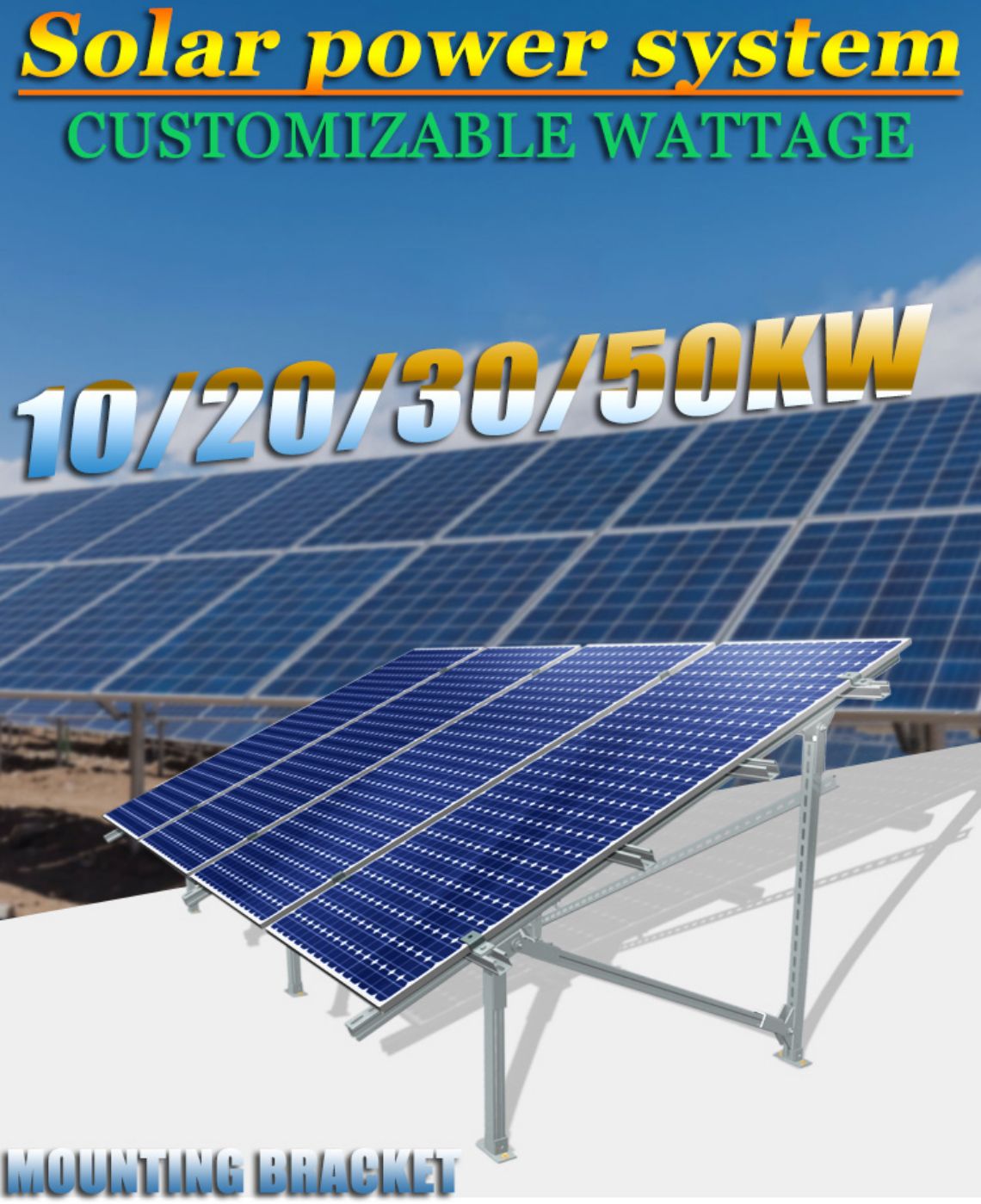
Product features
Reliability: Commercial grid-connected solar photovoltaic systems ensure reliable power supply by connecting to the grid. When weather conditions are bad or solar power generation is insufficient, the system can automatically obtain the required power from the grid.
Energy saving and emission reduction: The use of solar power generation systems by commercial units can reduce dependence on traditional electricity, thereby reducing energy consumption and carbon emissions. This helps to reduce the consumption of fossil fuels, improve energy efficiency and reduce environmental pollution.
Cost Savings: Commercial grid-connected solar PV systems can significantly reduce energy costs for commercial units. Once the system is installed, solar PV systems are relatively inexpensive to operate because the solar energy is free. Commercial units can save on electricity bills and recoup their investment after the system has been running for a period of time.
Flexible suspension: Commercial grid-connected solar photovoltaic systems can be flexibly suspended and installed according to the needs of specific commercial units. Whether it is roof installation, ground installation or other suitable installation methods, the system can be selected according to the needs of commercial units to maximize the use of solar energy resources.
Monitoring and maintenance: The commercial grid-connected solar photovoltaic system is equipped with a monitoring system, which can monitor the working status and power output of the system in real time. This helps to detect system failures or abnormalities in time, and perform maintenance and repairs to ensure the stable operation of the system.
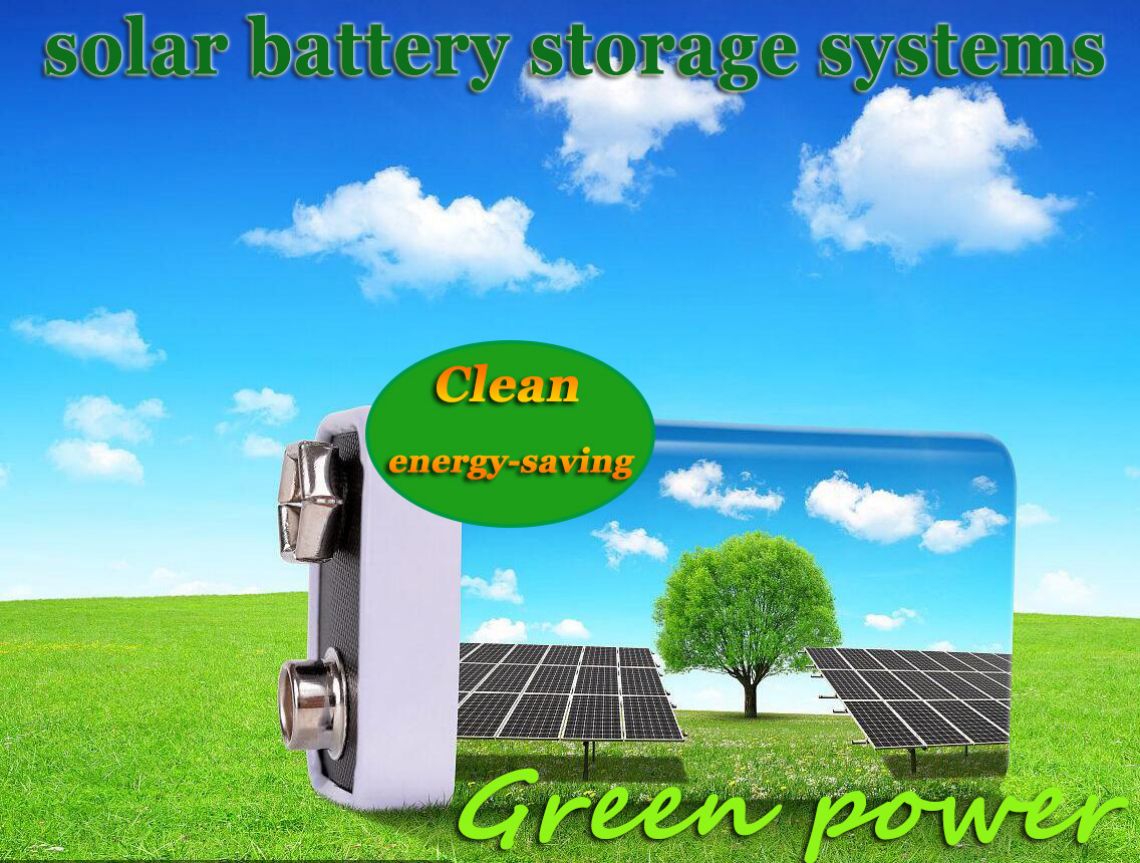
Product Details
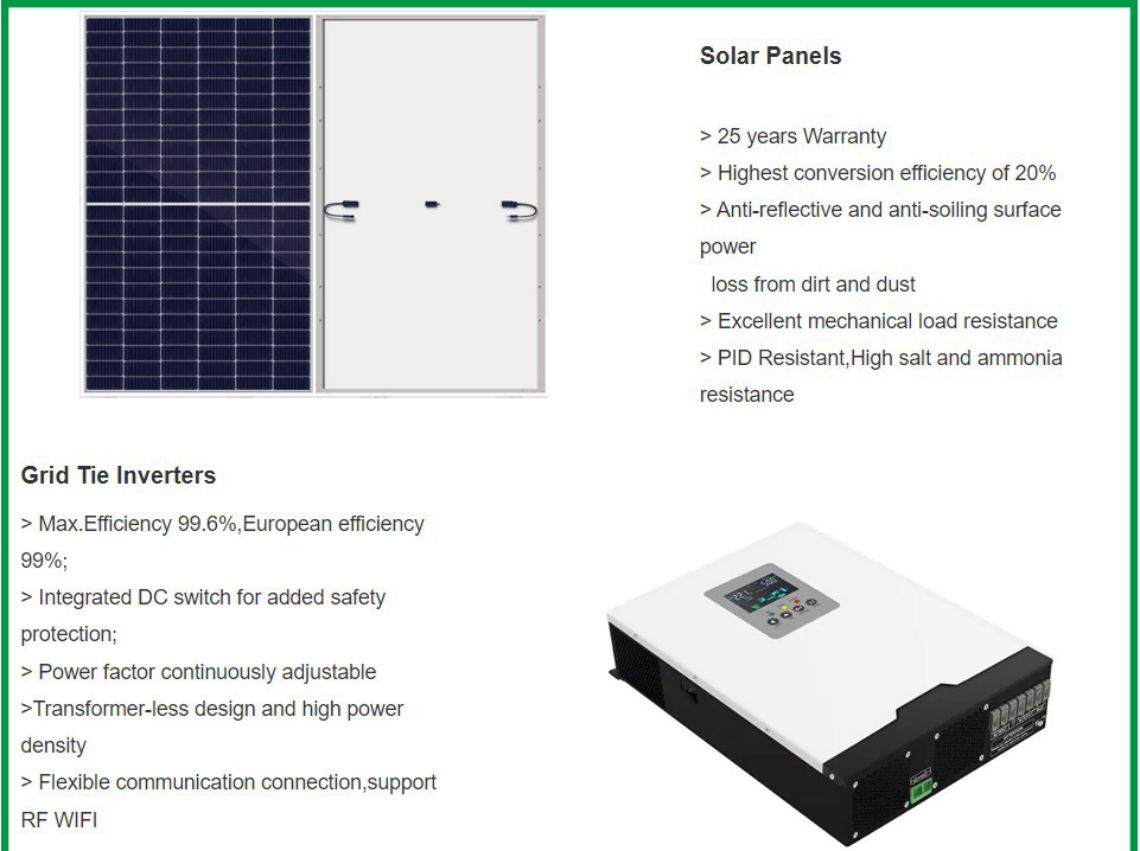
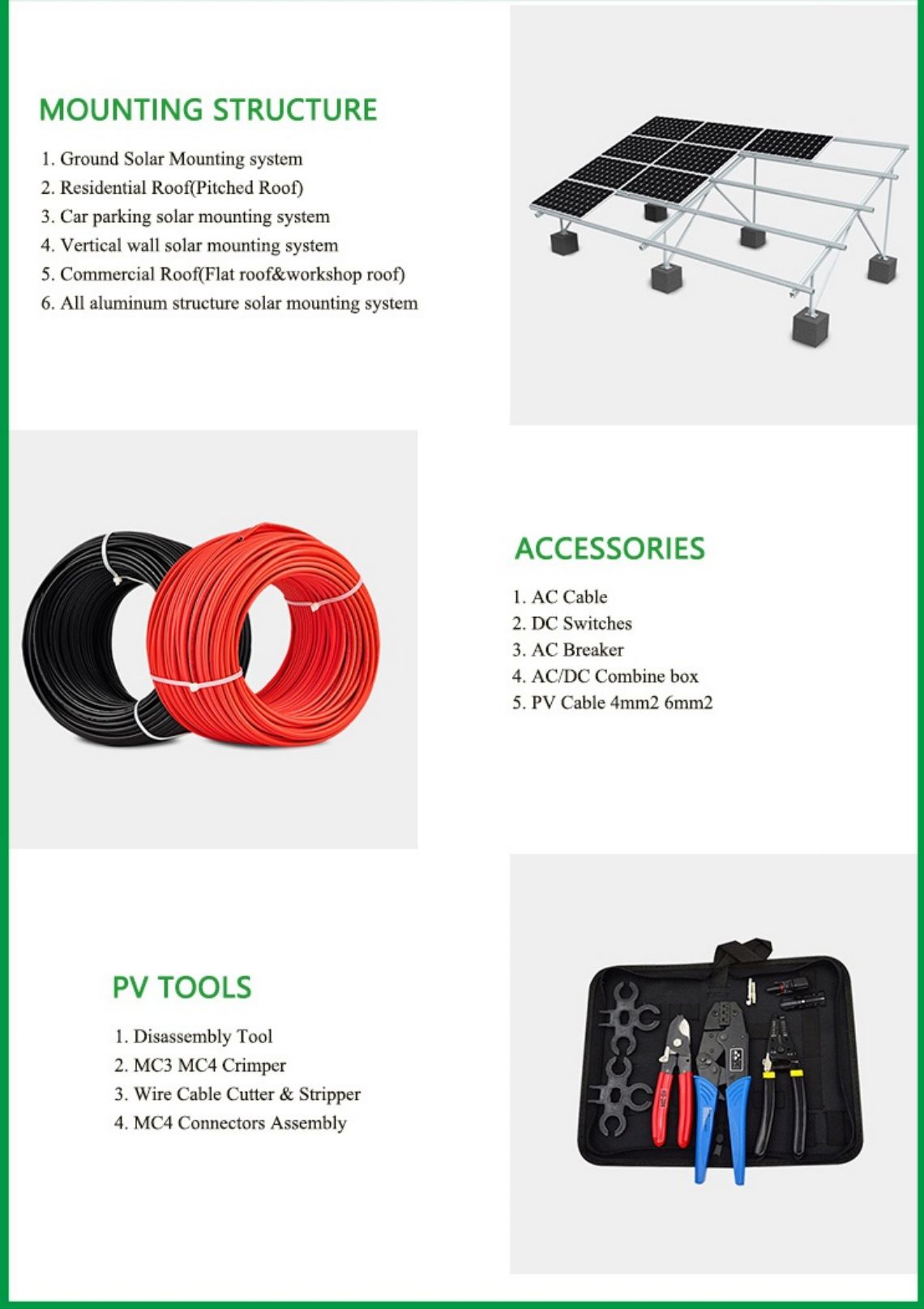
Scope of use and precautions
1, User solar power supply: (1) Small power sources ranging from 10-100W are used for military and civilian daily electricity in remote areas without electricity, such as plateaus, islands, pastoral areas, border checkpoints, etc., such as lighting, televisions, radio recorders, etc; (2) 3-5 KW household roof grid connected power generation system; (3) Photovoltaic water pump: used for drinking and irrigation in deep water wells in areas without electricity.
2, In the field of transportation, such as beacon lights, traffic/railway signal lights, traffic warning/marker lights, Yuxiang street lights, high-altitude obstacle lights, expressway/railway wireless Telephone booth, unattended road crew power supply, etc.
3,Communication/communication field: solar unmanned microwave relay stations, optical cable maintenance stations, broadcasting/communication/paging power supply systems; Rural carrier telephone photovoltaic system, small communication equipment, soldier GPS power supply, etc.
4, In the fields of oil, ocean, and meteorology: cathodic protection solar power supply system for oil pipelines and reservoir gates, living and emergency power supply for oil drilling platforms, ocean detection equipment, meteorological/hydrological observation equipment, etc.
5, Home lamp power supply: such as garden lamp, street lamp, portable lamp, camping lamp, mountaineering lamp, fishing lamp, Blacklight, rubber cutting lamp, energy-saving lamp, etc.
6, Photovoltaic power plants: 10KW-50MW independent photovoltaic power plants, wind (diesel) complementary power plants, various large parking and charging stations, etc.
7, Solar buildings combine solar power generation with building materials to achieve self-sufficiency in electricity for future large-scale buildings, which is a major development direction in the future.
8, Other fields include: (1) supporting vehicles: solar cars/electric vehicles, battery charging equipment, automobile air conditioners, ventilators, cold drink boxes, etc; (2) Renewable power generation system for solar hydrogen production and fuel cells; (3) Power supply for seawater desalination equipment; (4) Satellites, spacecraft, space solar power plants, etc.
Factors to consider in the design of solar power generation systems:
1. Where are solar power generation systems used? What is the solar radiation situation in the area?
2. What is the load power of the system?
3.What is the output voltage of the system, DC or AC?
4. How many hours does the system need to work per day?
5. If encountering cloudy and rainy weather without sunlight, how many days does the system need to be continuously powered?
6. What is the starting current for the load, pure resistive, capacitive, or inductive?
7. The quantity of system requirements.
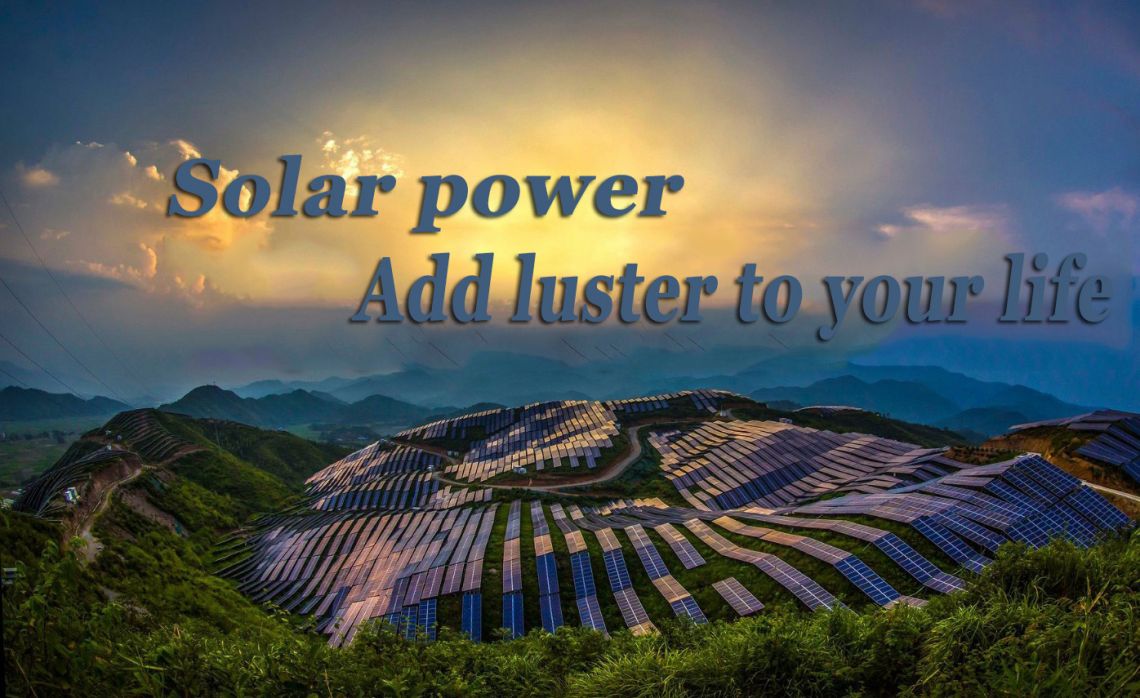
Workshop
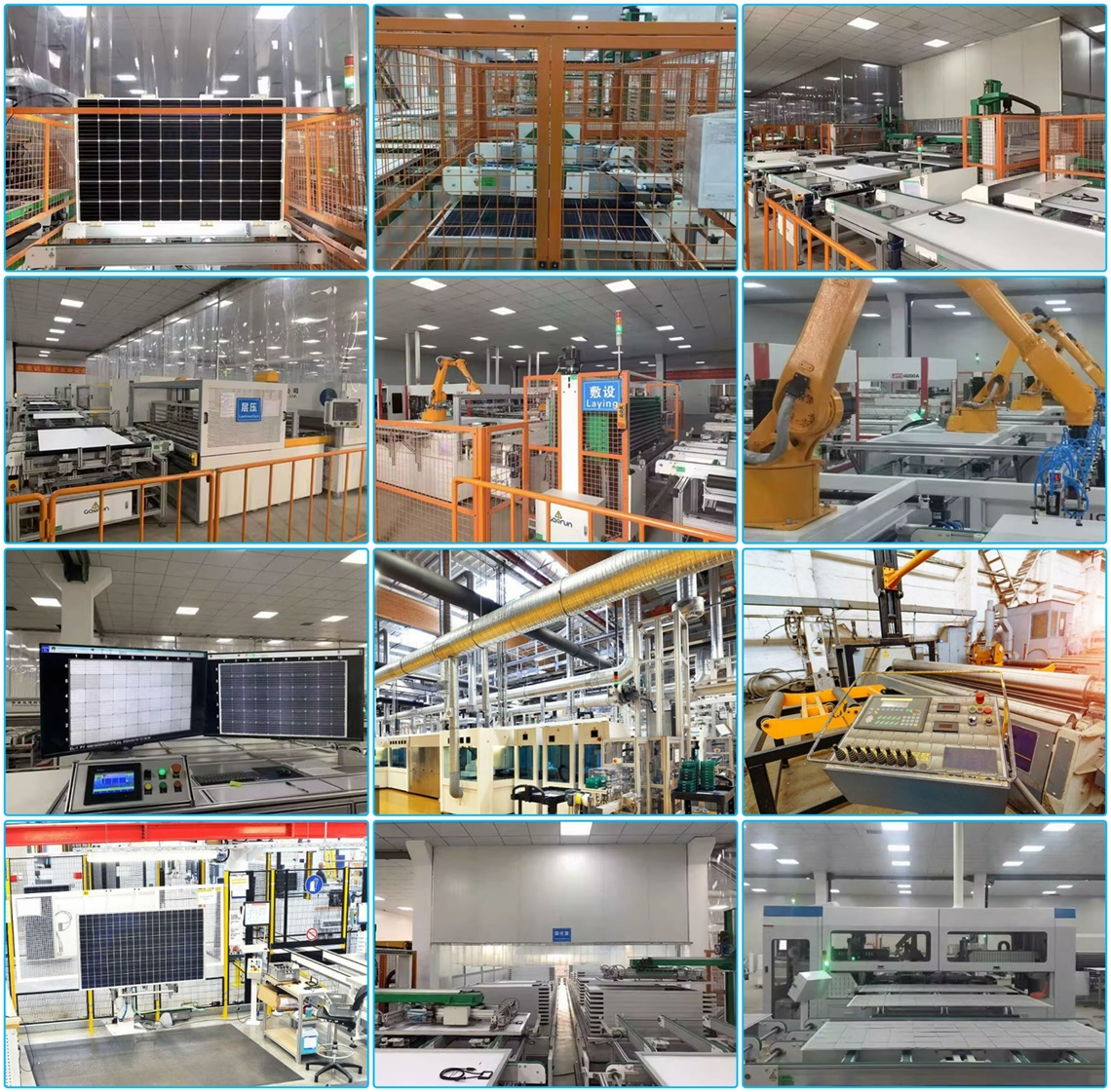
Certificate
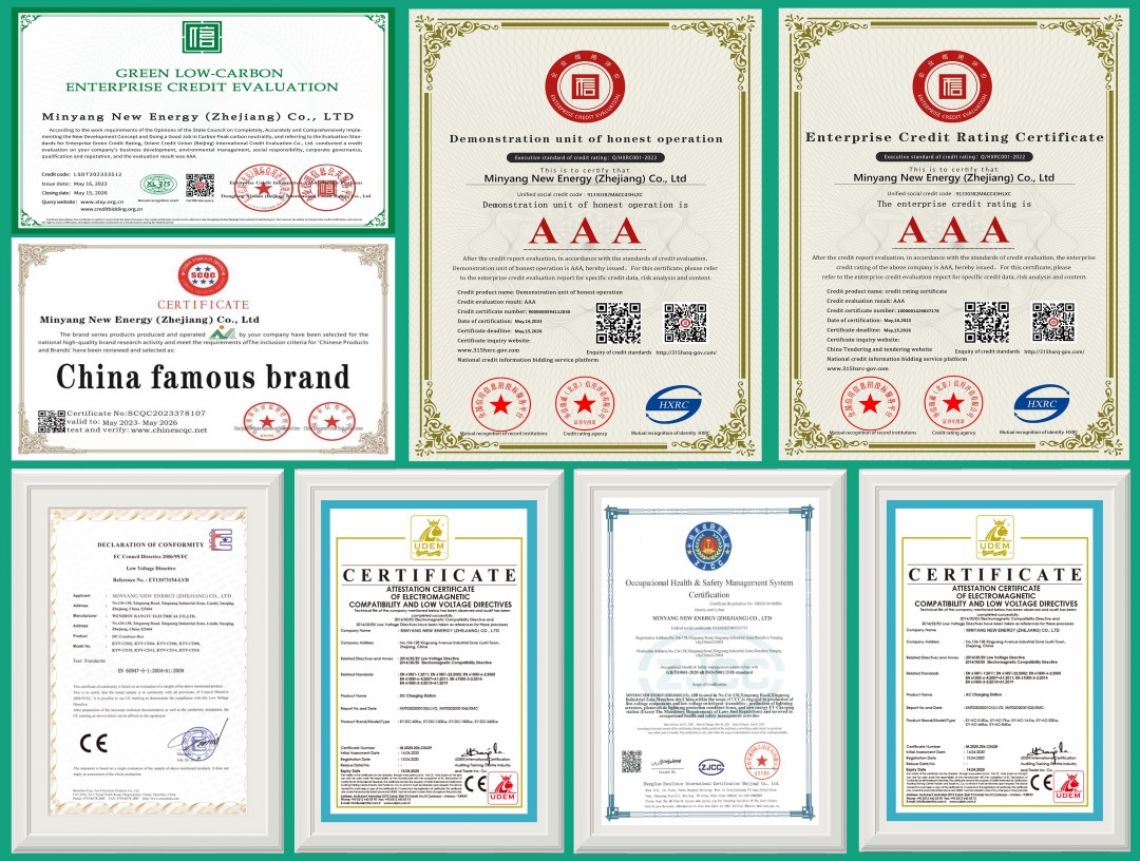
Product application cases

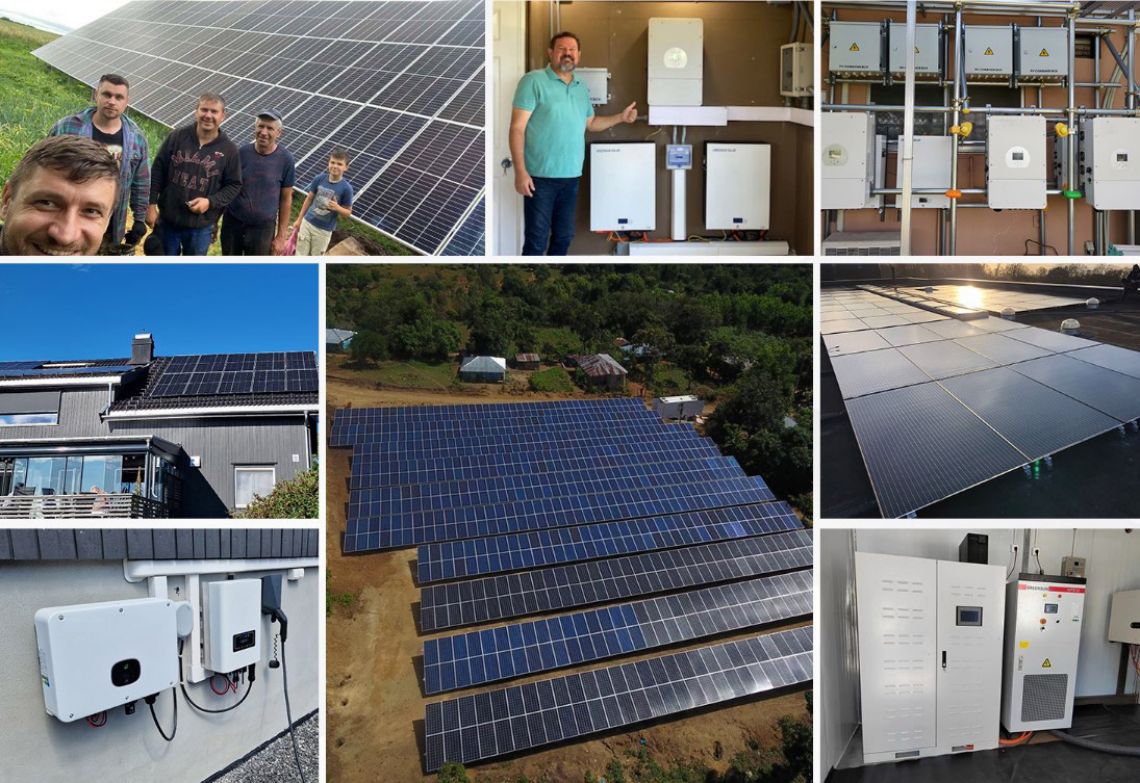
Transportation and packaging

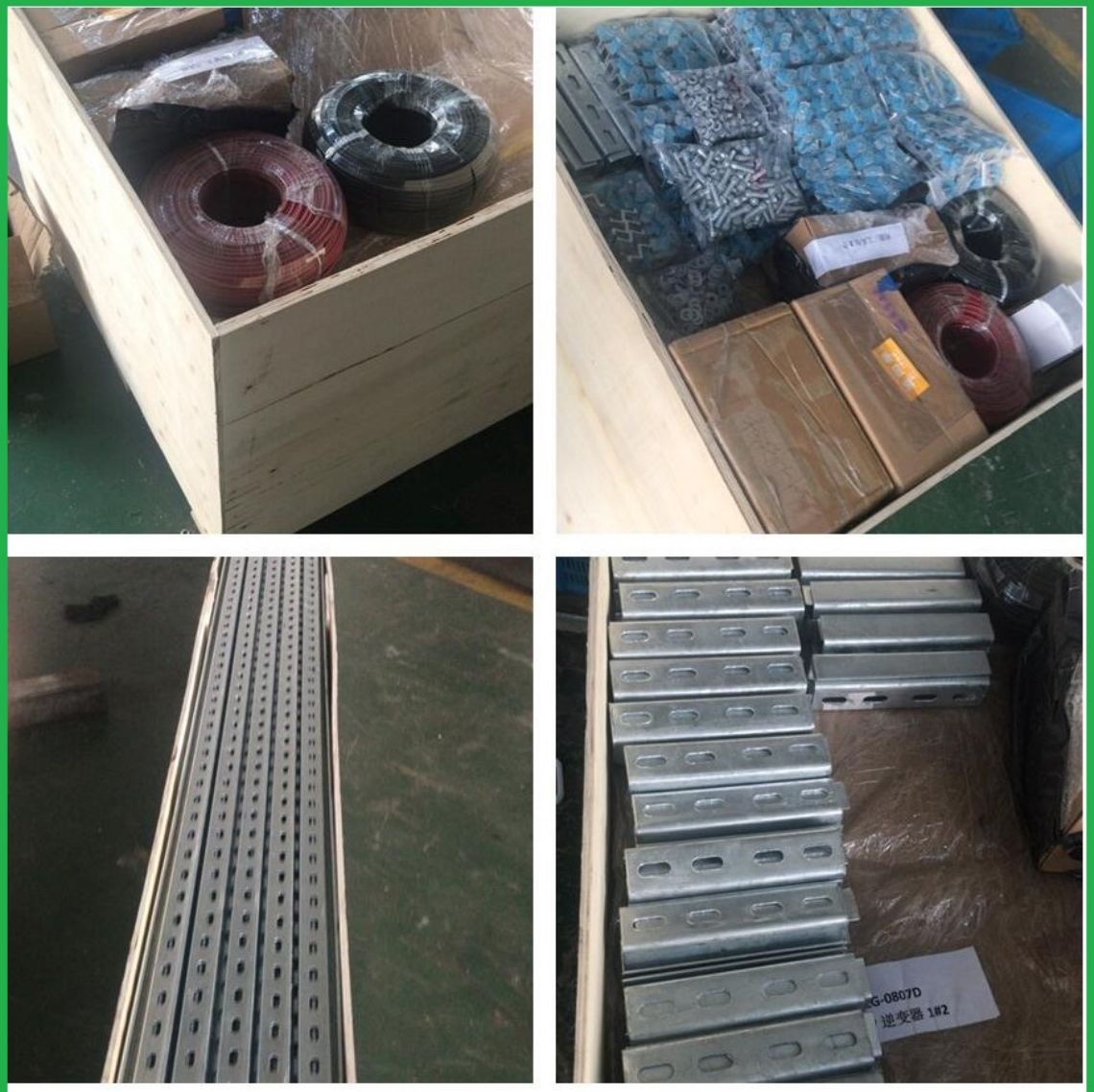
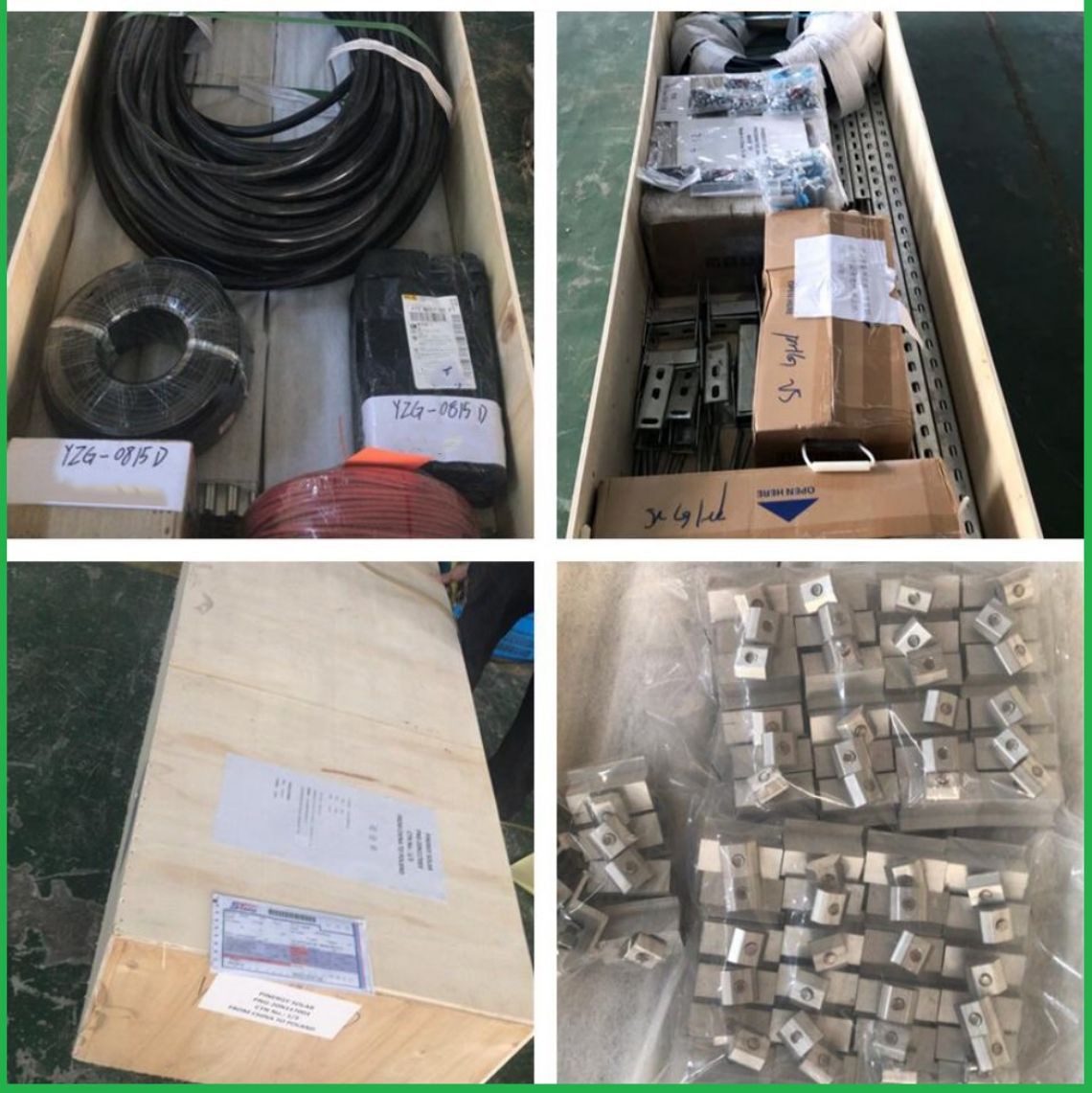
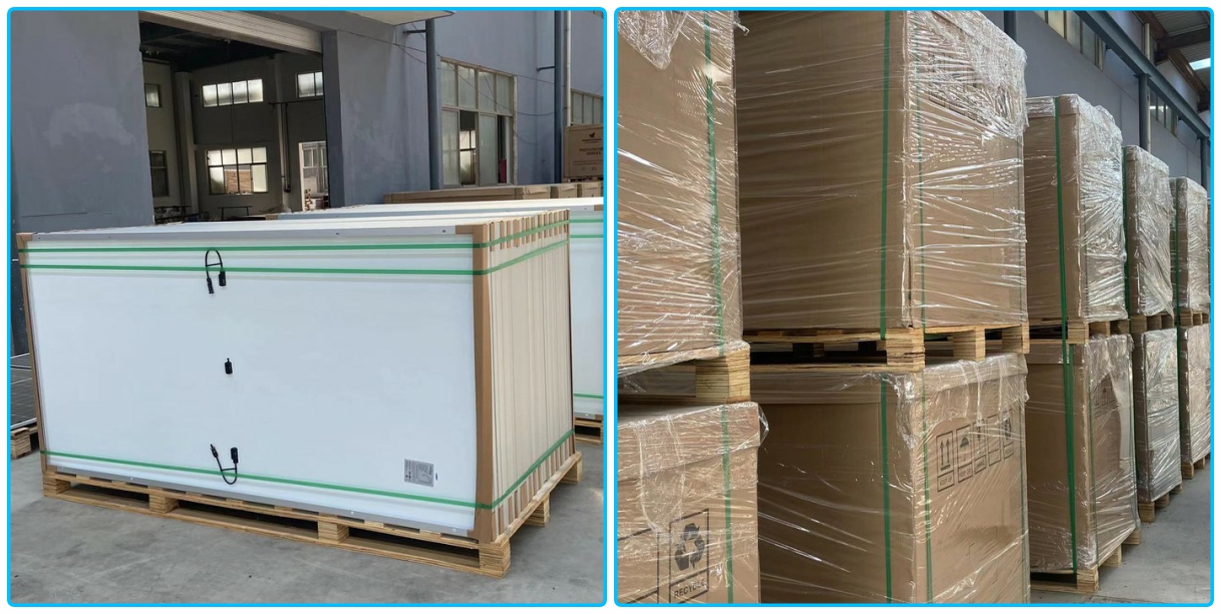
FAQ
1: Q:What's the different between inverter and solar inverter?
A: Inverter is only accept AC input, but solar inverter not only accept AC input but also can connect with solar panel to accept PV input, it more save power.
2.Q:What are the advantages of your company?
A:Strong R & D team, independent R & D and production of main parts, to control product quality from the source.
3.Q:What kind of certificates your products have acquired ?
A:Most of our products have acquired CE, FCC, UL and PSE certificates, which is able to satisfy most country’s importing requirements.
5.Q:How do you ship the goods since they are high capacity battery ?
A:We have long-term cooperated forwarders who are professional at battery shipment.

